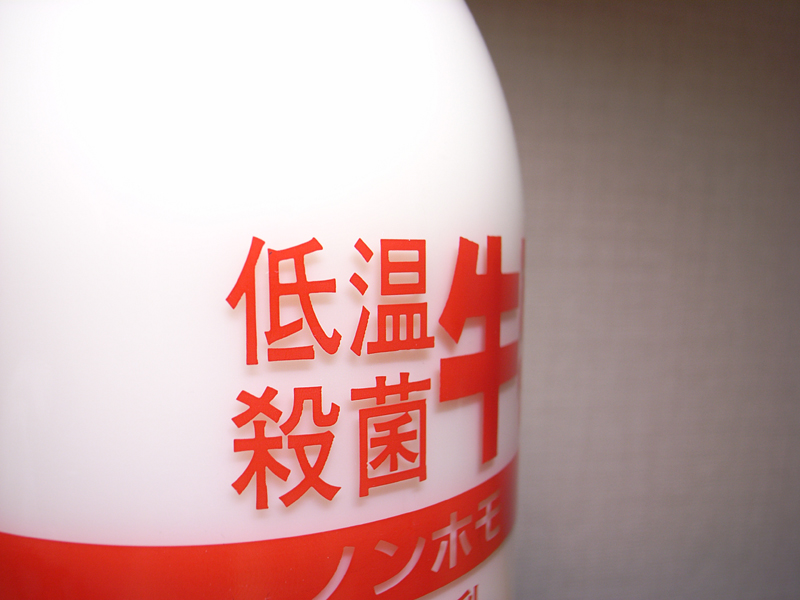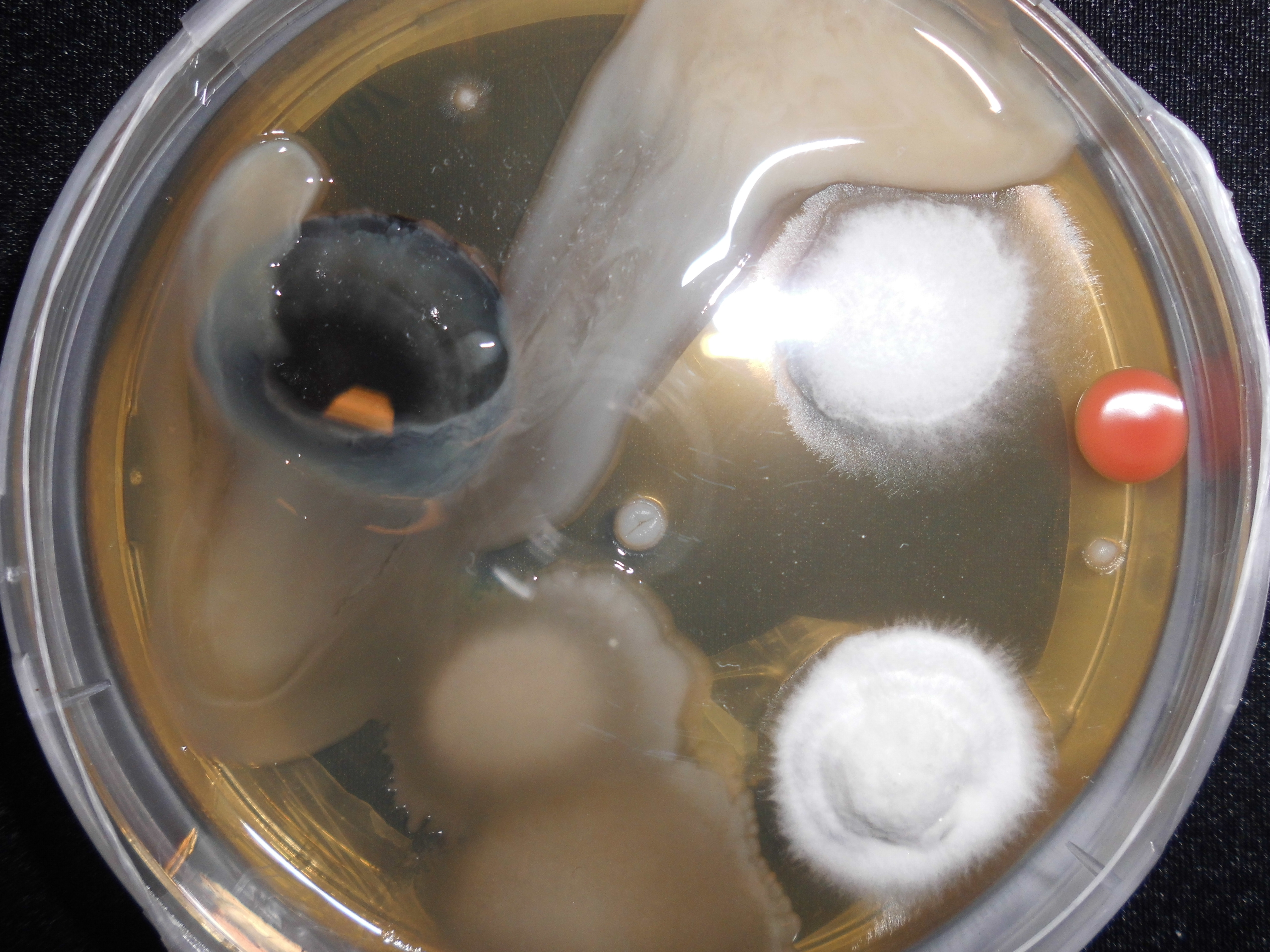|
Z-value (temperature)
"F0" is defined as the number of equivalent minutes of steam sterilization at temperature 121.1 °C (250 °F) delivered to a container or unit of product calculated using a z-value of 10 °C. The term F-value or "FTref/z" is defined as the equivalent number of minutes to a certain reference temperature (Tref) for a certain control microorganism with an established Z-value. Z-value is a term used in microbial thermal death time calculations. It is the number of degrees the temperature has to be increased to achieve a tenfold (i.e. 1 log10) reduction in the D-value. The D-value of an organism is the time required in a given medium, at a given temperature, for a ten-fold reduction in the number of organisms. It is useful when examining the effectiveness of thermal inactivations under different conditions, for example in food cooking and preservation. The z-value is a measure of the change of the D-value with varying temperature, and is a simplified version of an ... [...More Info...] [...Related Items...] OR: [Wikipedia] [Google] [Baidu] |
Thermal Death Time
Thermal death time is how long it takes to kill a specific bacterium at a specific temperature. It was originally developed for food canning and has found applications in cosmetics, producing salmonella-free feeds for animals (e.g. poultry) and pharmaceuticals. History In 1895, William Lyman Underwood of the Underwood Canning Company, a food company founded in 1822 at Boston, Massachusetts and later relocated to Watertown, Massachusetts, approached William Thompson Sedgwick, chair of the biology department at the Massachusetts Institute of Technology, about losses his company was suffering due to swollen and burst cans despite the newest retort technology available. Sedgwick gave his assistant, Samuel Cate Prescott, a detailed assignment on what needed to be done. Prescott and Underwood worked on the problem every afternoon from late 1895 to late 1896, focusing on canned clams. They first discovered that the clams contained heat-resistant bacterial spores that were able to survi ... [...More Info...] [...Related Items...] OR: [Wikipedia] [Google] [Baidu] |
D-value (microbiology)
In microbiology, in the context of a sterilization (microbiology), sterilization procedure, the D-value or decimal reduction time (or decimal reduction dose) is the time (or dose of an antimicrobial drug) required, at a given condition (e.g. temperature) or set of conditions, to achieve a one-log reduction, that is, to kill 90% of relevant microorganisms. A D-value is denoted with the capital letter "D". Thus, after an exposure time of 1 D, only 10% of the organisms originally present in a microbial colony would remain. The term originated in assessments of microbes' thermal resistance and in thermal death time analysis; however, it now has analogous uses in other microbial resistance and death rate applications, such as for ethylene oxide and radiation processing. Details Use of D-values is based on the assumption that the procedure in question causes the number of living microorganisms to Exponential decay, decay exponentially. From this perspective, D-values can be understood a ... [...More Info...] [...Related Items...] OR: [Wikipedia] [Google] [Baidu] |
Arrhenius Factor
In chemical kinetics, the pre-exponential factor or A factor is the pre-exponential constant in the Arrhenius equation (equation shown below), an empirical relationship between temperature and rate coefficient. It is usually designated by A when determined from experiment, while Z is usually left for collision frequency. The pre-exponential factor can be thought of as a measure of the frequency of properly oriented collisions. It is typically determined experimentally by measuring the rate constant k at a particular temperature and fitting the data to the Arrhenius equation. The pre-exponential factor is generally not exactly constant, but rather depends on the specific reaction being studied and the temperature at which the reaction is occurring. A=\frac=ke^ The units of the pre-exponential factor A are identical to those of the rate constant and will vary depending on the order of the reaction. For a first-order reaction, it has units of s−1. For that reason, it is often cal ... [...More Info...] [...Related Items...] OR: [Wikipedia] [Google] [Baidu] |
Organism
An organism is any life, living thing that functions as an individual. Such a definition raises more problems than it solves, not least because the concept of an individual is also difficult. Many criteria, few of them widely accepted, have been proposed to define what an organism is. Among the most common is that an organism has autonomous reproduction, Cell growth, growth, and metabolism. This would exclude viruses, despite the fact that they evolution, evolve like organisms. Other problematic cases include colonial organisms; a colony of eusocial insects is organised adaptively, and has Germ-Soma Differentiation, germ-soma specialisation, with some insects reproducing, others not, like cells in an animal's body. The body of a siphonophore, a jelly-like marine animal, is composed of organism-like zooids, but the whole structure looks and functions much like an animal such as a jellyfish, the parts collaborating to provide the functions of the colonial organism. The evolutiona ... [...More Info...] [...Related Items...] OR: [Wikipedia] [Google] [Baidu] |
Temperature
Temperature is a physical quantity that quantitatively expresses the attribute of hotness or coldness. Temperature is measurement, measured with a thermometer. It reflects the average kinetic energy of the vibrating and colliding atoms making up a substance. Thermometers are calibrated in various temperature scales that historically have relied on various reference points and thermometric substances for definition. The most common scales are the Celsius scale with the unit symbol °C (formerly called ''centigrade''), the Fahrenheit scale (°F), and the Kelvin scale (K), with the third being used predominantly for scientific purposes. The kelvin is one of the seven base units in the International System of Units (SI). Absolute zero, i.e., zero kelvin or −273.15 °C, is the lowest point in the thermodynamic temperature scale. Experimentally, it can be approached very closely but not actually reached, as recognized in the third law of thermodynamics. It would be impossible ... [...More Info...] [...Related Items...] OR: [Wikipedia] [Google] [Baidu] |
Thermal Destruction Curve
A thermal column (or thermal) is a rising mass of buoyant air, a convective current in the atmosphere, that transfers heat energy vertically. Thermals are created by the uneven heating of Earth's surface from solar radiation, and are an example of convection, specifically atmospheric convection. Thermals on Earth The Sun warms the ground, which in turn warms the air directly above. The warm air near the surface expands, becoming less dense than the surrounding air. The lighter air rises and cools due to its expansion in the lower pressure at higher altitudes. It stops rising when it has cooled to the same temperature, thus density, as the surrounding air. Associated with a thermal is a downward flow surrounding the thermal column. The downward-moving exterior is caused by colder air being displaced at the top of the thermal. The size and strength of thermals are influenced by the properties of the lower atmosphere (the ''troposphere''). When the air is cold, bubbles of warm ... [...More Info...] [...Related Items...] OR: [Wikipedia] [Google] [Baidu] |
Log Reduction Value
Log reduction is a measure of how thoroughly a decontamination process reduces the concentration of a contaminant. It is defined as the common logarithm of the ratio of the levels of contamination before and after the process, so an increment of 1 corresponds to a reduction in concentration by a factor of 10. In general, an -log reduction means that the concentration of remaining contaminants is only times that of the original. So for example, a 0-log reduction is no reduction at all, while a 1-log reduction corresponds to a reduction of 90 percent from the original concentration, and a 2-log reduction corresponds to a reduction of 99 percent from the original concentration. Mathematical definition Let and be the numerical values of the concentrations of a given contaminant, respectively before and after treatment, following a defined process. It is irrelevant in what units these concentrations are given, provided that both use the same units. Then an -log reduction is achieve ... [...More Info...] [...Related Items...] OR: [Wikipedia] [Google] [Baidu] |
Pasteurisation
In food processing, pasteurization ( also pasteurisation) is a process of food preservation in which packaged foods (e.g., milk and fruit juices) are treated with mild heat, usually to less than , to eliminate pathogens and extend shelf life. Pasteurization either destroys or deactivates microorganisms and enzymes that contribute to food spoilage or the risk of disease, including vegetative bacteria, but most bacterial spores survive the process. Pasteurization is named after the French microbiologist Louis Pasteur, whose research in the 1860s demonstrated that thermal processing would deactivate unwanted microorganisms in wine. Spoilage enzymes are also inactivated during pasteurization. Today, pasteurization is used widely in the dairy industry and other food processing industries for food preservation and food safety. By the year 1999, most liquid products were heat treated in a continuous system where heat was applied using a heat exchanger or the direct or indirect us ... [...More Info...] [...Related Items...] OR: [Wikipedia] [Google] [Baidu] |
Food Microbiology
Food microbiology is the study of the microorganisms that inhabit, create, or contaminate food. This includes the study of microorganisms causing food spoilage; pathogens that may cause disease (especially if food is improperly cooked or stored); microbes used to produce fermented foods such as cheese, yogurt, bread, beer, and wine; and microbes with other useful roles, such as producing probiotics. Subgroups of bacteria that affect food In the study of bacteria in food, important groups have been subdivided based on certain characteristics. These groupings are not of taxonomic significance: * Lactic acid bacteria are bacteria that use carbohydrates to produce lactic acid. The main genera are '' Lactococcus'', '' Leuconostoc'', '' Pediococcus'', ''Lactobacillus'' and ''Streptococcus thermophilus''. * Acetic acid bacteria like ''Acetobacter aceti'' produce acetic acid. * Bacteria such as ''Propionibacterium freudenreichii'' that produce propionic acid are used to ferment dairy pro ... [...More Info...] [...Related Items...] OR: [Wikipedia] [Google] [Baidu] |
Sterilisation (microbiology)
Sterilization () refers to any process that removes, kills, or deactivates all forms of life (particularly microorganisms such as fungi, bacteria, spores, and unicellular eukaryotic organisms) and other biological agents (such as prions or viruses) present in fluid or on a specific surface or object. Sterilization can be achieved through various means, including heat, chemicals, irradiation, high pressure food preservation, high pressure, and filtration. Sterilization is distinct from disinfection, sanitization, and pasteurization, in that those methods reduce rather than eliminate all forms of life and biological agents present. After sterilization, fluid or an object is referred to as being sterile or aseptic. Applications Foods One of the first steps toward modernized sterilization was made by Nicolas Appert, who discovered that application of heat over a suitable period of time slowed the decay of foods and various liquids, preserving them for safe consumption for a longer t ... [...More Info...] [...Related Items...] OR: [Wikipedia] [Google] [Baidu] |





